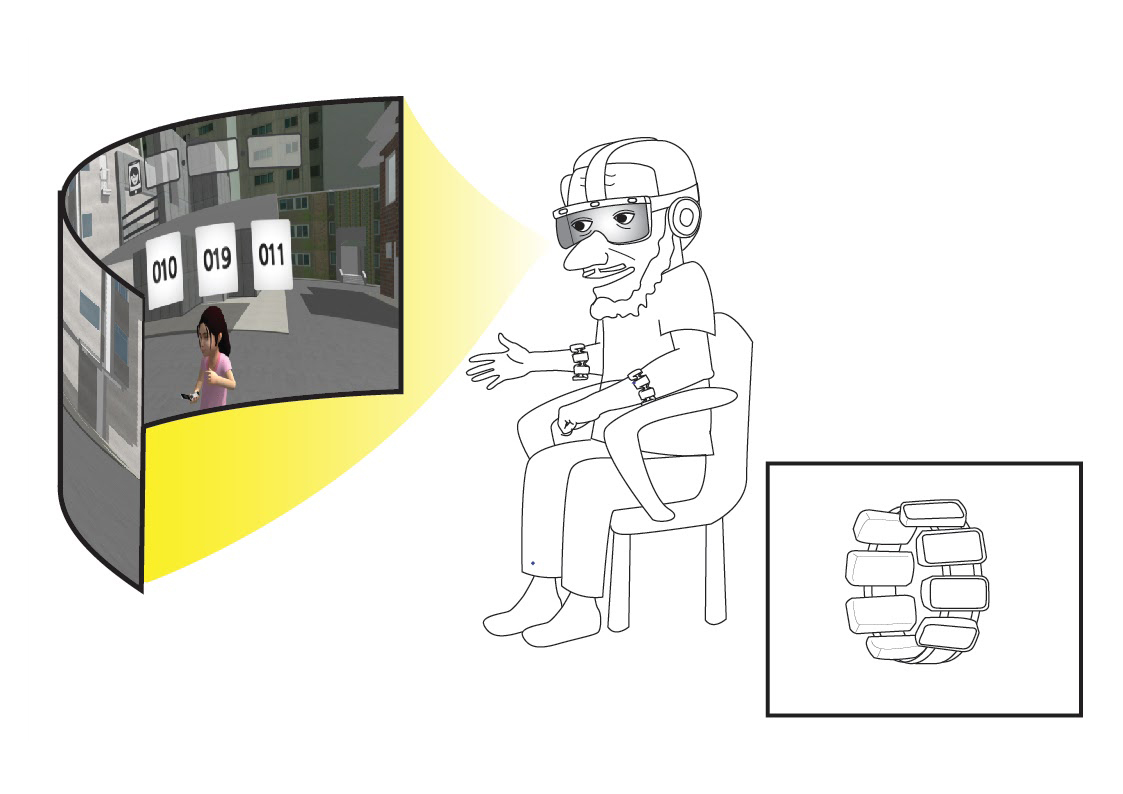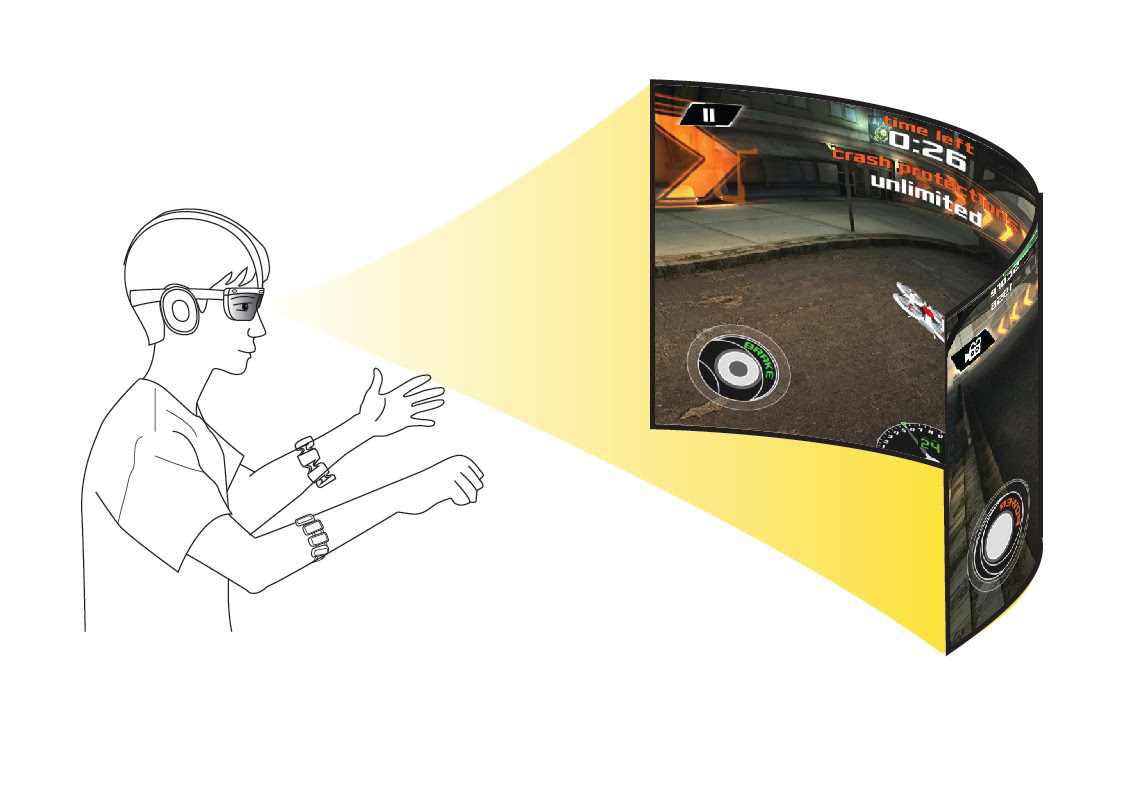




The VR/AR division is an innovative department that is tailored to the era of the 4th industrial revolution and is a key technology that helps smooth
content by improving immersion and concentration by integrating its own technology, hand tracking technology, into various fields.



